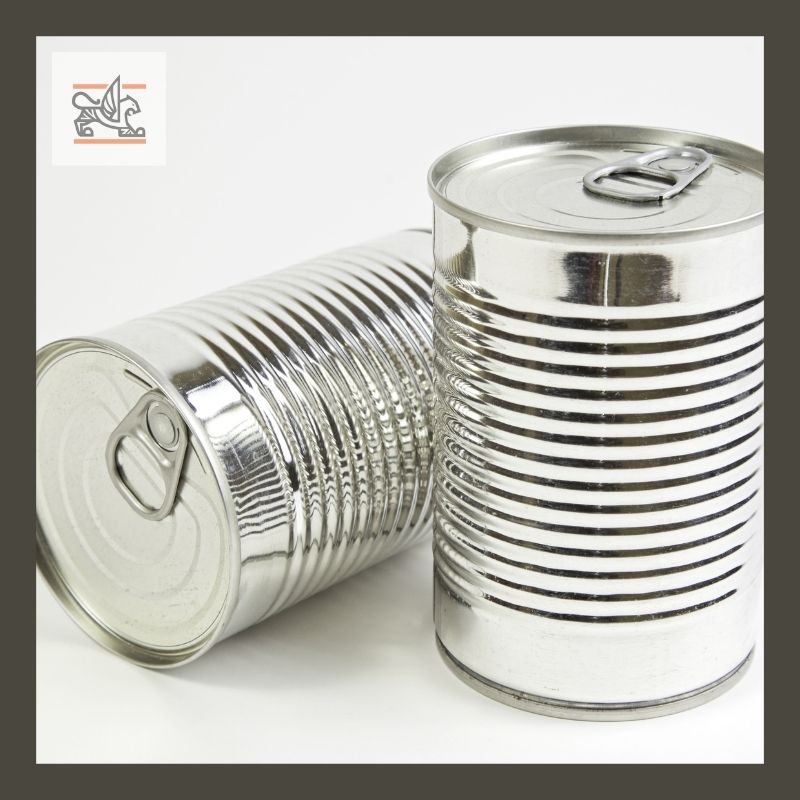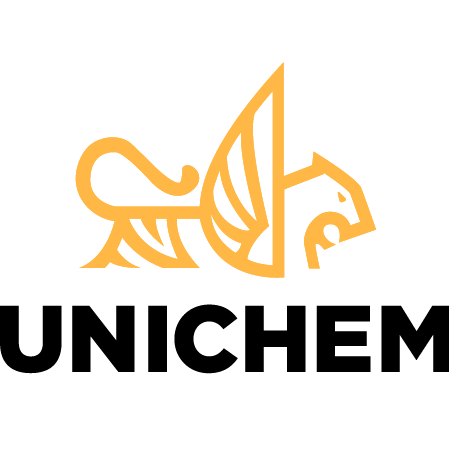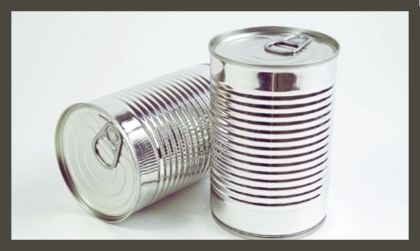 Tinplate is a low-carbon, light gauge steel strip or sheet that is coated on both sides with a thin layer of pure tin. The production of the steel sheet and the subsequent tin coating are independent of each other, thus various coating properties can be combined with the tin coating. One of the greatest challenges in bonding tinplate is the unusually low-temperature melting point at 231.85°C. Some tinplate coatings fail to adhere with low temperature curing requirements.
Tinplate is a low-carbon, light gauge steel strip or sheet that is coated on both sides with a thin layer of pure tin. The production of the steel sheet and the subsequent tin coating are independent of each other, thus various coating properties can be combined with the tin coating. One of the greatest challenges in bonding tinplate is the unusually low-temperature melting point at 231.85°C. Some tinplate coatings fail to adhere with low temperature curing requirements.
Tinplate, Best of Both Worlds
Tinplate combines the formability and durability of steel with the weldability, corrosion resistance and lustrous appearance of tin. Tin is used for plating other metals, as an alloy or a compound. It is in itself a malleable, lightweight, and ductile silvery-white metal that is non-combustible, non-magnetic and has a low coefficient of friction. Tin will resist corrosion caused from moisture and water, although will not hold up to exposure to alkalis or acids.
The steel thickness in tinplate can vary from around .5 mm to .13 mm, with various options for the chosen grade of steel with different tempers. The tin coating can also be applied in varying levels of thickness, on one or both sides of the steel substrate to meet various conditions of external and interior container surfaces. Tin coatings are applied with a coil coating process with various surface finish options available to meet diverse application requirements.
Many Uses of Tinplate
Tinplate is primarily used for food and beverage packaging, dry products, aerosol containers, caps, general cans for paints, chemicals, waxes, polishes, powders, grease, oils, and other products. Tinplate is also used in automotive applications, electrical machinery parts and other industrial applications. According to the International Tin Association, more than 5,000 patents and scientific papers on tin related technologies are published each year with innovative advancements showing a strong future for the versatile element.
Packaging – features such as lightweight, non-toxic, corrosion resistant, easy welding, forming, and durability make tinplate an excellent material in many packaging applications. Tinplate has a nice outer appearance with a surface that is easy to print on.
Food and Beverage – tinplate carries a very thin oily film that is compatible with food products and improves the handling and fabrication properties.
Automotive – tinplate is used in various automotive applications such as manufacturing oil filters, engine gaskets, brake line tubes and other parts which benefit from the lightweight, corrosion resistant properties.
Low-Temperature Tinplate Coating and Adhesive Solutions
With a wide range of products available today in the broad tinplate marketplace, custom coating solutions exist to meet the demands of the various end use requirements. Manufacturers benefit from the expertise of coatings specialists to tailor coatings and adhesives for tinplate with precise technologies for the best possible performance. Universal Chemicals & Coatings, UNICHEM, offers coatings and adhesives for many industrial applications, with custom engineered high performing, highly differentiated tinplate coatings.
uniBOND industrial adhesive delivers maximum adhesion with custom technologies ensuring low-temperature, reliable tinplate curing. UNICHEM offers custom coatings and adhesive solutions, chemical resistant drum and pail liners, and additional technologies such as nano scuff resistant and antimicrobial technology. We are often called upon when other coatings or adhesives fail, with the expertise to provide reliable, long-lasting solutions.
UNICHEM is an industry leader in delivering custom chemistries in coatings and industrial adhesives to address your challenges and improve your product and process. We follow a strict quality policy as part of our ISO9001:2015 registration and proprietary quality procedures. Contact us to learn how to improve your tinplate curing application with uniBOND custom coatings designed for reliable cure at low temperatures.


